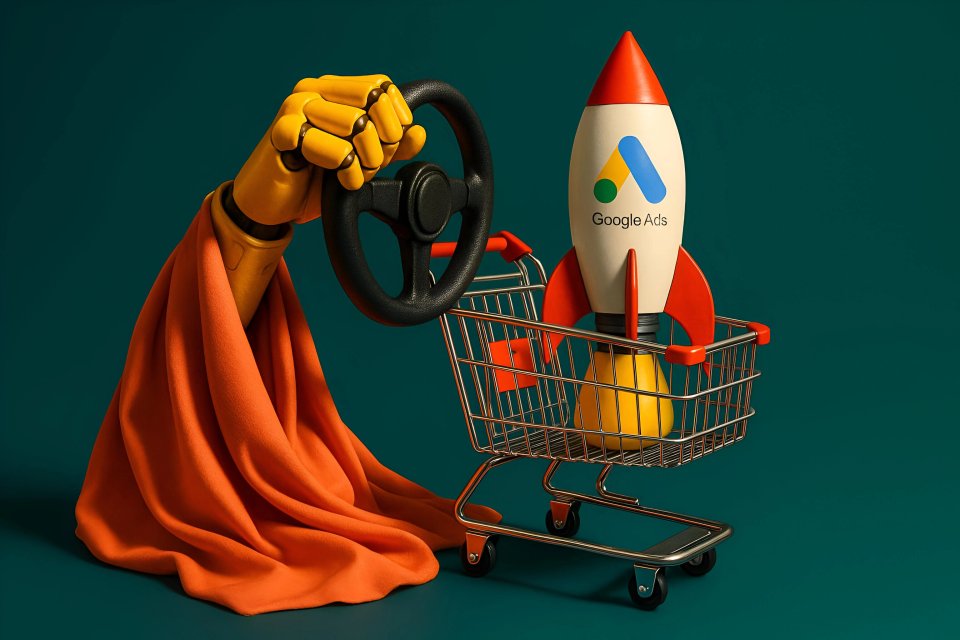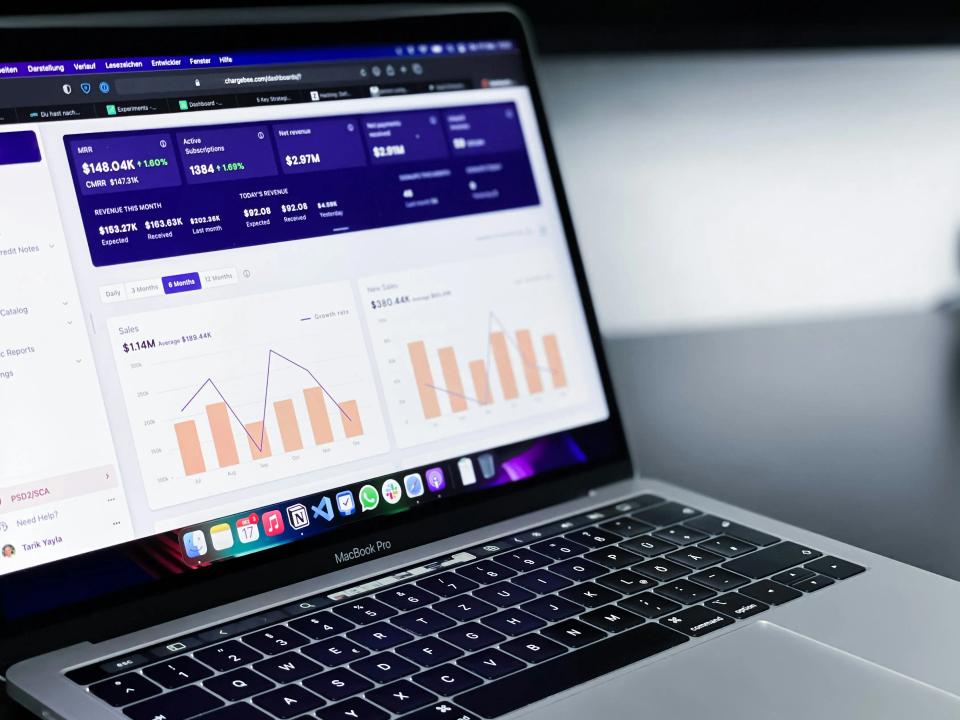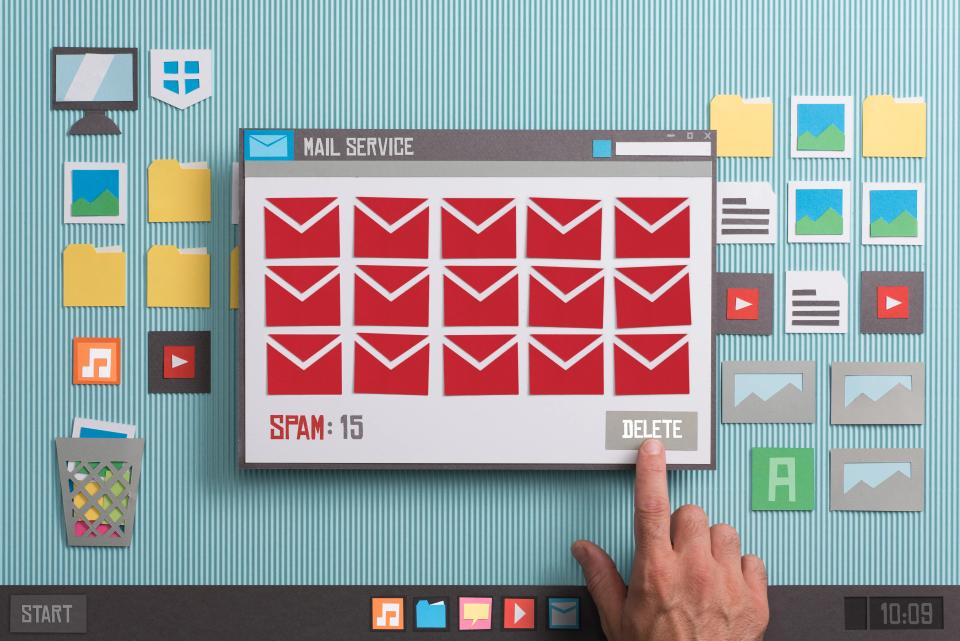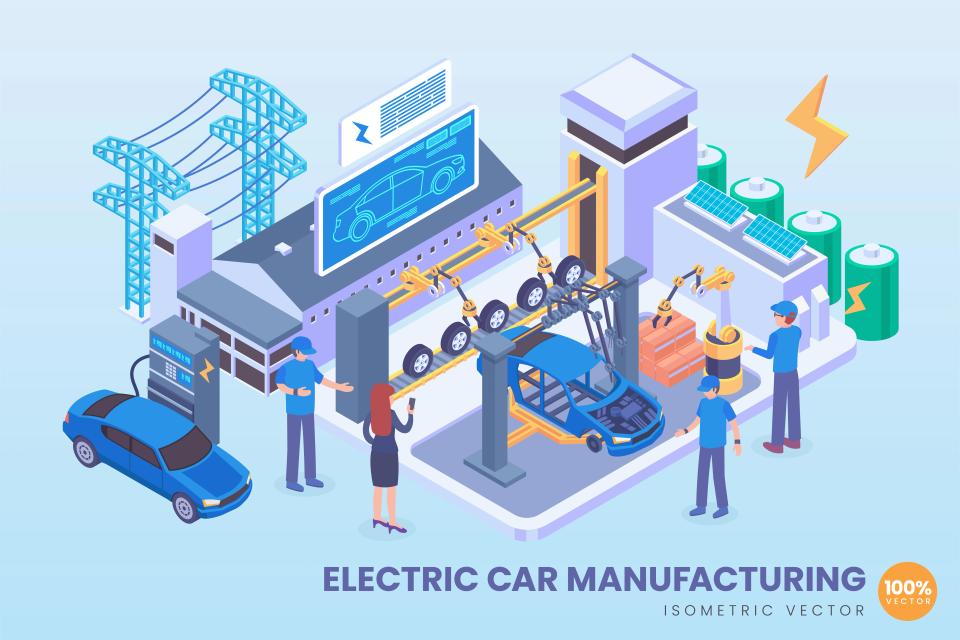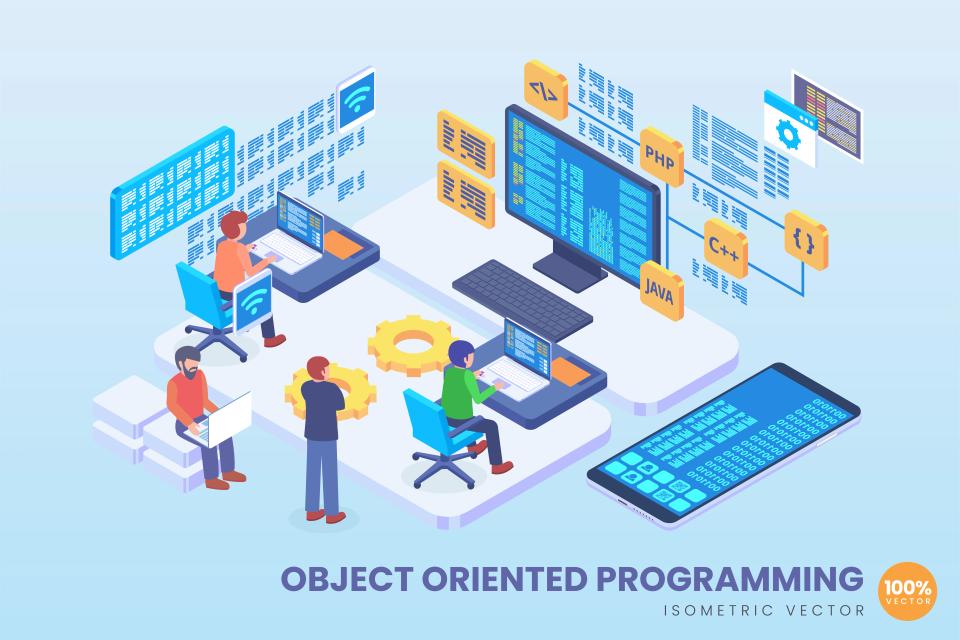Tired of the same old grind? Are trade shows feeling stale and cold calls falling flat? In today's hyper-connected world, your next major B2B client isn't waiting by the phone; they're actively searching online, right now.
Many manufacturing firms mistakenly believe Google Ads is a playground reserved for B2C companies, or they dip their toes in, only to find the complex B2B sales cycle makes success elusive. This leaves a massive, untapped river of potential leads flowing right past their digital doorstep. But what if you could turn that tap on full blast? Google Ads, when wielded with precision and strategic insight, becomes a formidable engine, driving a consistent stream of high-quality B2B leads directly to your manufacturing business.
This isn't just another marketing article; it's your roadmap. We'll dissect exactly how to leverage the unparalleled power of Google Ads specifically for the demanding manufacturing sector. We'll cover everything from laser-focused keyword strategies and compelling ad copy that speaks directly to industrial buyers, to advanced targeting techniques and overcoming those all-too-common hurdles. With over 15 years in strategic marketing, we at CaptivateClick have witnessed firsthand how targeted digital advertising can ignite explosive B2B growth, and we're here to show you how.
Why Google Ads is a Game-Changer for Manufacturing B2B Lead Gen
Imagine this: your ideal client, an engineering manager needing "custom CNC machining" or a procurement officer searching for "ISO-certified aerospace components," types their exact need into Google. Whose name do they see? With Google Ads, it can be yours, placing you directly in the path of prospects with sky-high purchase intent. This isn't speculative; it's about connecting with prospects actively searching for specialized solutions at the very moment they need you.
Forget the guessing games of traditional marketing. Google Ads offers crystal-clear, measurable ROI, allowing you to track precisely how your ad spend translates into tangible leads and, ultimately, profitable sales. For instance, DoubleDome Digital Marketing helped an industrial manufacturer achieve a staggering 700% ROI by targeting niche keywords and optimizing landing pages. This level of accountability is gold in capital-intensive industries, making it easy to justify your marketing budget and prove its impact on the bottom line.
The power of Google Ads lies in its precision and control. You can target specific geographic areas, zeroing in on industrial parks or regions you serve, and even filter by industries. This means your message reaches the right eyes, not just any eyes. Furthermore, in a competitive landscape, effectively utilizing Google Ads gives you a significant competitive edge, allowing you to get ahead of rivals who are still stuck in the past and increase your brand visibility among key decision-makers, even if they don't click immediately.
Laying the Groundwork: Strategic Keyword Research for Manufacturers
Want to win at Google Ads? It all starts with understanding the language your prospects speak. Effective Google Ads for manufacturing hinges on pinpoint keyword research that delves deep into B2B search intent. Think about the journey: some prospects are problem-aware, searching for "reduce manufacturing downtime," while others are solution-aware, looking for "precision metal stamping services."
Your keyword arsenal must include these, plus specific part numbers, technical specifications, and the industry jargon your ideal clients use daily. Tools like Google Keyword Planner are a starting point, but don't stop there. Analyze what your competitors are bidding on, and most importantly, brainstorm with your sales and technical teams – they're on the front lines and know what customers really ask for. According to BrightBid, effective keyword strategies must account for the non-linear B2B purchasing process, which involves multiple stakeholders across different stages.
Don't underestimate the power of long-tail keywords – those longer, highly specific phrases. While "metal fabrication" is broad, "AS9100 certified aerospace component manufacturer Texas" is a laser beam, attracting highly qualified, decision-ready buyers. Laird Digital highlights that such long-tail phrases target decision-ready buyers effectively. Equally crucial is the strategic use of negative keywords. By telling Google what you don't want to show up for (e.g., "-jobs," "-DIY," "-hobbyist"), you filter out irrelevant B2C traffic, job seekers, and unrelated industries, ensuring your budget is spent only on clicks that count.
Crafting Compelling Ad Copy that Speaks to Industrial Buyers
Your ad is your digital handshake, your first impression. Does it grab attention and promise relief? Industrial buyers aren't swayed by fluff; they want solutions to their pressing problems. Your ad copy must scream benefits, not just list features.
Instead of "We have advanced machinery," try "Reduce Lead Times with Our Precision Engineering." Instead of "Our products are good," try "Ensure ISO 9001 Compliance with Our Certified Components." Focus on how you alleviate their pain points – do you cut production delays, improve supply chain resilience, or offer custom solutions for complex projects? BrightBid’s analysis reveals that ads addressing pain points like compliance or scalability achieve 30% higher click-through rates (CTRs) in B2B sectors.
Highlight your Unique Selling Propositions (USPs) like a beacon. Are you AS9100 certified? Do you work with specialized materials others can't handle? Is your speed, reliability, or precision unmatched? These are your differentiators. Combine these with strong, B2B-focused Call-to-Actions (CTAs) like "Request a Quote," "Download Spec Sheet," or "Schedule a Consultation." Then, supercharge your ads with extensions: Sitelinks to specific service pages or case studies (which can increase conversion rates by 15% according to DoubleDome’s findings), Callouts like "24/7 Support," and Structured Snippets detailing "Types: Contract Manufacturing, Prototyping."
Precision Targeting: Audience Segmentation Strategies for the Industrial Sector
Throwing your message into the void and hoping the right person sees it? That's a recipe for wasted ad spend. Targeting is absolutely key for generating the qualified B2B leads manufacturing firms crave. Google Ads offers a sophisticated toolkit to ensure your ads reach the exact decision-makers you need to influence.
Start with geographic targeting. Pinpoint the industrial parks, specific cities, regions, or even countries you serve. A Texas-based aerospace supplier, for example, can focus its budget on industrial hubs within the state, ensuring local relevance and maximizing impact. While demographic targeting by job function can be limited directly in Google Ads, it can be inferred or used via integrations, and broader industry targeting is certainly powerful. Layer on In-Market Audiences to connect with users Google has identified as actively researching the products or services you offer, such as "Industrial Machinery & Equipment."
Take it further with Custom Audiences. Upload your existing customer lists to create lookalike audiences (finding new prospects similar to your best customers) or to exclude current clients from prospecting campaigns. Crucially, implement Remarketing Lists for Search Ads (RLSA). This allows you to tailor your bids and ad copy specifically for users who've previously visited your website but didn't convert. Given the often lengthy B2B sales cycle, RLSA is vital for staying top-of-mind and guiding prospects back to you.
The Often-Overlooked Hero: Optimizing Landing Pages for Manufacturing Leads
You’ve crafted the perfect ad, targeted the right audience, and they’ve clicked! But what happens next can make or break your lead generation efforts. Your landing page is where the conversion happens (or doesn’t). It’s the unsung hero, yet so often overlooked.
First, ensure "ad scent" and message match. If your ad promises "FDA-compliant packaging machinery," your landing page must instantly reinforce that message, detailing your regulatory expertise, not just a generic homepage. A disconnect here will send potential leads bouncing away faster than a faulty widget. Your value proposition must be crystal clear: what do you offer, and why should this busy industrial buyer care, right now?
Your lead capture forms need to be B2B-focused. Ask for relevant information like company name, job title, and their specific needs, but don't overwhelm them. Offer something valuable in exchange for their details – a comprehensive whitepaper, a detailed spec sheet, or a no-obligation consultation. Build immediate trust with client logos, compelling testimonials, case studies, and prominent displays of your industry certifications and awards. And don't forget the technicals: your landing page must be mobile-responsive and lightning-fast. With 45% of B2B researchers using smartphones for initial solution exploration, a slow or clunky mobile experience is a lead killer. In fact, reducing page load times to under two seconds can boost conversions by 20%.
Structuring Your Campaigns for Success & Control
A haphazard campaign structure is like a disorganized workshop – inefficient and prone to costly mistakes. To truly gain control and achieve success with Google Ads, you need a logical, strategic framework for your campaigns and ad groups. This allows for better relevance, improved Quality Scores, and ultimately, more leads for your money.
Consider the different campaign types available and align them with your objectives. Search Campaigns are your workhorse, capturing high-intent leads from users actively searching for your solutions. Display Campaigns are excellent for building brand awareness, remarketing to past website visitors, and reaching broader audiences with visually engaging ads. Don't overlook Video Campaigns on YouTube; they offer a powerful way to showcase your manufacturing capabilities, offer virtual facility tours, or feature compelling client testimonials, which resonate deeply with engineers evaluating vendor reliability.
Organize your Ad Groups meticulously. Each ad group should be tightly themed around a specific service, product, or solution. For example, instead of one ad group for "metal fabrication," create separate ad groups for "laser cutting services," "sheet metal bending," and "welding services." This ensures your ads and keywords are highly relevant to each other, which Google rewards. When it comes to budgeting and bidding, start with clear budget allocations for each campaign. You might begin with manual CPC (Cost Per Click) bidding to maintain tight control while you gather data, then transition to smart bidding strategies like Maximize Conversions or Target CPA (Cost Per Acquisition) once you have sufficient conversion data to let Google's AI optimize for you.
Measuring What Matters: Tracking, Analyzing, and Optimizing for B2B
Are your ads actually working? In the world of B2B manufacturing, clicks are just the beginning; what truly matters are qualified leads and, ultimately, sales. Optimizing your manufacturing PPC campaigns is an ongoing process, fueled by data and a relentless pursuit of improvement.
The absolute foundation is robust conversion tracking. You must set up tracking for every valuable action a prospect can take: form submissions for quotes, direct phone calls from ads, downloads of your spec sheets or whitepapers. Beyond just clicks and impressions, focus on key metrics like Conversion Rate (what percentage of clicks turn into leads?), Cost Per Lead (CPL – how much are you paying for each inquiry?), and, critically, Lead Quality. This often requires a feedback loop with your sales team to understand which leads are turning into real opportunities. Integrating Google Ads with your CRM can provide invaluable insights into which keywords and campaigns drive the most profitable contracts.
Dive deeper into user behavior post-click by integrating Google Analytics. This will show you how visitors interact with your site after clicking your ad. And never stop testing! Continuous A/B testing of ad copy, landing page designs, calls-to-action, and bidding strategies is essential. For example, BrightBid found that testing "Request a Quote" against "Download Technical Specs" led to a 25% increase in form submissions for one client. Remember, Google Ads is not a "set it and forget it" platform; regular reporting, analysis, and refinement are the keys to sustained success.
Overcoming Common Challenges in Manufacturing PPC
Navigating the world of PPC for manufacturing isn't without its unique set of challenges. But fear not, for every hurdle, there's a strategic solution waiting to be implemented. Understanding these common pain points and how to address them proactively will set you apart from the competition.
One of the most significant challenges is the notoriously long B2B sales cycle. A prospect might click an ad today but not be ready to purchase for months. This is where remarketing and lead nurturing sequences become your best friends. Use Google Ads’ customer journey tools to deliver sequential messaging, perhaps starting with an ad for a whitepaper, followed by retargeting ads offering a consultation, keeping your brand top-of-mind throughout their decision-making process.
What if you operate in a highly niche market with low search volume for your primary keywords? Don't despair. You may need to broaden your keyword targeting carefully, perhaps using modified broad match with very specific ad copy. Supplement this with Display campaigns for brand awareness and focus intensely on those hyper-relevant, albeit lower volume, long-tail keywords. For some niche sectors, combining Google Ads with LinkedIn campaigns can expand reach to professionals in specific roles. Proving ROI to skeptical stakeholders can also be tough, especially with long sales cycles. Focus diligently on tracking lead quality and, where possible, trace those leads all the way through to closed sales to demonstrate tangible business impact. And if you're facing highly competitive keywords with soaring costs, differentiate through superior, benefit-driven ad copy, an exceptional landing page experience, and laser-focused niche targeting to find less contested corners of the market.
Conclusion: Power Up Your Manufacturing Lead Generation with Google Ads
The digital landscape has fundamentally changed how B2B buyers find their suppliers, and manufacturing is no exception. Google Ads isn't just another advertising channel; it's a direct conduit to decision-makers actively seeking your specific solutions, components, and expertise. From high-intent targeting and measurable ROI to unparalleled precision and control, the benefits are too significant to ignore.
With the right strategy – one that understands the nuances of industrial buyers, leverages data-driven insights, and focuses on solving real-world problems – manufacturing firms can see a dramatic uplift in high-quality B2B leads. It’s about transforming your online presence from a passive brochure into an active, relentless lead generation machine. The potential to outmaneuver competitors and fuel sustainable growth is immense.
Don't let your competitors steal the online spotlight any longer. It's time to take decisive action and harness the full power of Google Ads to drive your manufacturing business forward. The leads are out there, searching. Are you ready to be found?
Call to Action: Partner with CaptivateClick for Expert Google Ads Management
Ready to harness the immense power of Google Ads for your manufacturing firm but feeling overwhelmed about where to start? Or perhaps you're already running campaigns but not seeing the high-quality leads and ROI you desperately need? You're not alone, and we can help.
At CaptivateClick, we specialize in crafting strategic SEM campaigns, including precision-targeted Google Ads, specifically tailored for the unique demands of B2B industries like manufacturing. Our global team of experts combines captivating, persuasive creative with relentlessly data-driven strategies to deliver results you can see and measure. We speak your language and understand the complexities of your sales cycle.

